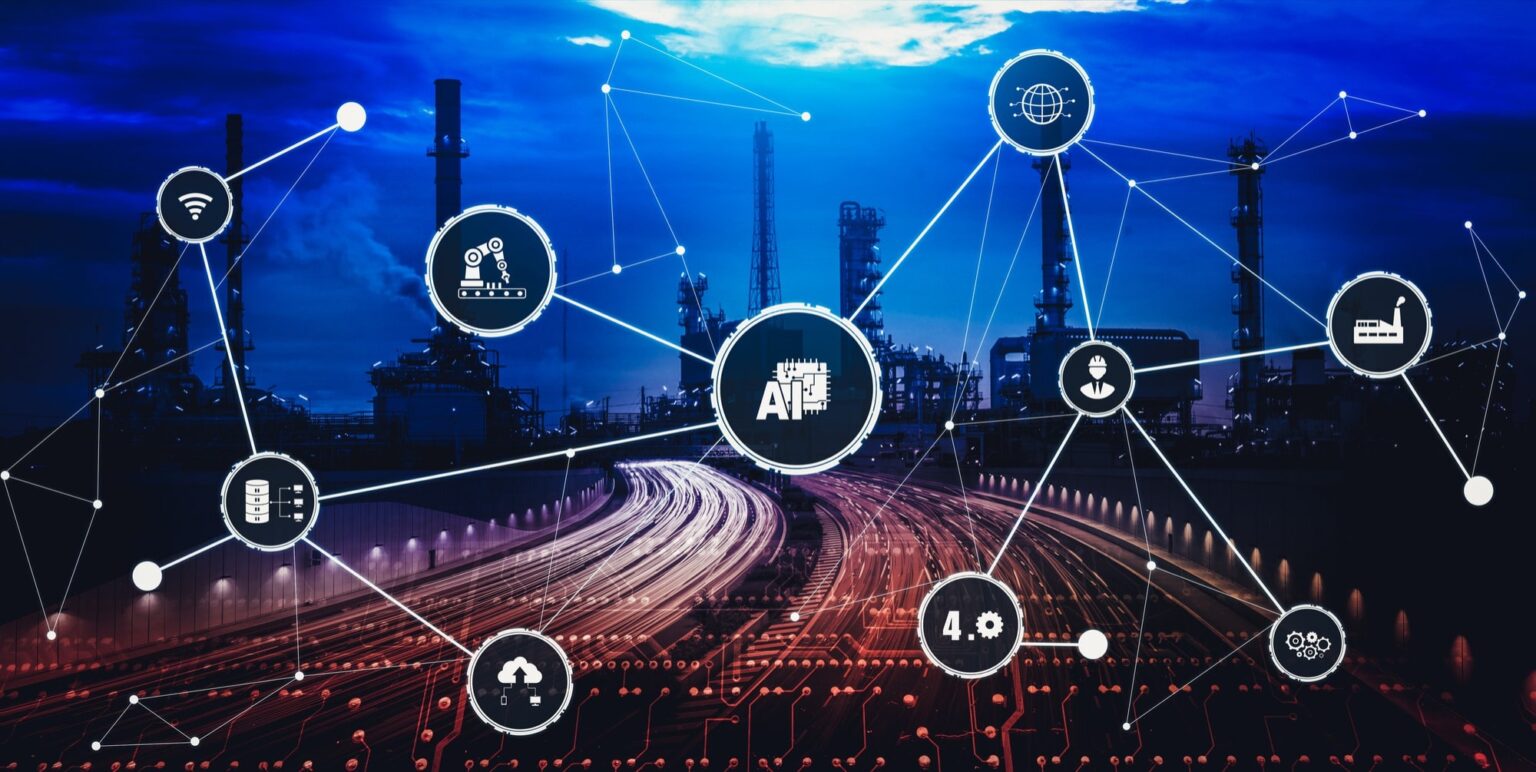The integration of IoT (Internet of Things) technology with smart grids has revolutionized the way energy is distributed and managed. Smart grids leverage IoT devices, sensors, and advanced data analytics to enable real-time monitoring, control, and optimization of energy generation, distribution, and consumption. This integration offers several benefits in terms of efficiency, reliability, and sustainability. Here’s how IoT and smart grids work together:
Real-time Monitoring and Control: IoT devices and sensors are deployed across the grid infrastructure to monitor various parameters such as electricity flow, voltage levels, power quality, and equipment health. These sensors collect real-time data, which is transmitted to a centralized system for analysis and control. Operators can monitor the grid’s performance in real-time, detect anomalies, and take proactive measures to ensure efficient energy distribution and optimal grid operation.
Grid Optimization and Load Balancing: IoT-enabled smart grids utilize data analytics and machine learning algorithms to optimize energy distribution and balance the load across the grid. By analyzing real-time and historical data, these algorithms can predict electricity demand, identify potential grid congestions, and optimize the routing of energy to minimize power losses and maximize grid capacity. This results in a more balanced and efficient distribution of energy, reducing wastage and improving overall grid performance.
Demand Response and Peak Load Management: IoT devices and smart meters installed in homes, buildings, and industrial facilities enable demand response programs and peak load management. By monitoring energy consumption patterns in real-time, smart grids can send signals to consumers to adjust their electricity usage during peak demand periods or when there is a strain on the grid. This helps reduce stress on the grid, avoid blackouts, and promote energy efficiency by incentivizing consumers to shift their energy consumption to off-peak hours.
Distributed Energy Resource Integration: IoT facilitates the integration of distributed energy resources (DERs) such as solar panels, wind turbines, and energy storage systems into the grid. IoT devices and sensors installed in these resources enable real-time monitoring of energy generation and storage levels. This information can be used to optimize the utilization of renewable energy sources, manage energy flows bidirectionally, and support the efficient integration of DERs into the grid.
Fault Detection and Self-healing Capabilities: IoT devices and sensors deployed throughout the grid enable early detection of faults, equipment failures, and power outages. Real-time data from these devices can trigger alerts and notifications, allowing operators to quickly identify and locate issues, reducing downtime and improving grid reliability. Additionally, IoT-enabled smart grids can employ self-healing capabilities, automatically rerouting power and isolating faulty sections to minimize the impact of outages.
Energy Efficiency and Conservation: IoT-enabled smart grids empower consumers with real-time information about their energy consumption. Smart meters and IoT devices provide detailed insights into energy usage patterns, allowing consumers to make informed decisions about their energy consumption and implement energy-saving measures. This promotes energy efficiency and conservation at the consumer level, contributing to overall sustainability and reducing greenhouse gas emissions.
Integration with Renewable Energy Markets: IoT and smart grids facilitate the integration of renewable energy sources into the grid and enable the participation of consumers in renewable energy markets. Real-time monitoring and data analytics help balance the supply and demand of renewable energy, allowing for efficient integration and utilization of green energy sources. IoT devices can also enable peer-to-peer energy trading platforms, where consumers can buy and sell excess energy generated from renewable sources, promoting a decentralized and sustainable energy ecosystem.
The integration of IoT with smart grids has transformed the energy sector by enabling real-time monitoring, control, and optimization of energy distribution and consumption. By leveraging the power of IoT devices, data analytics, and advanced control systems, smart grids offer enhanced efficiency, reliability, and sustainability in energy management, paving the way for a more intelligent and sustainable energy future.



